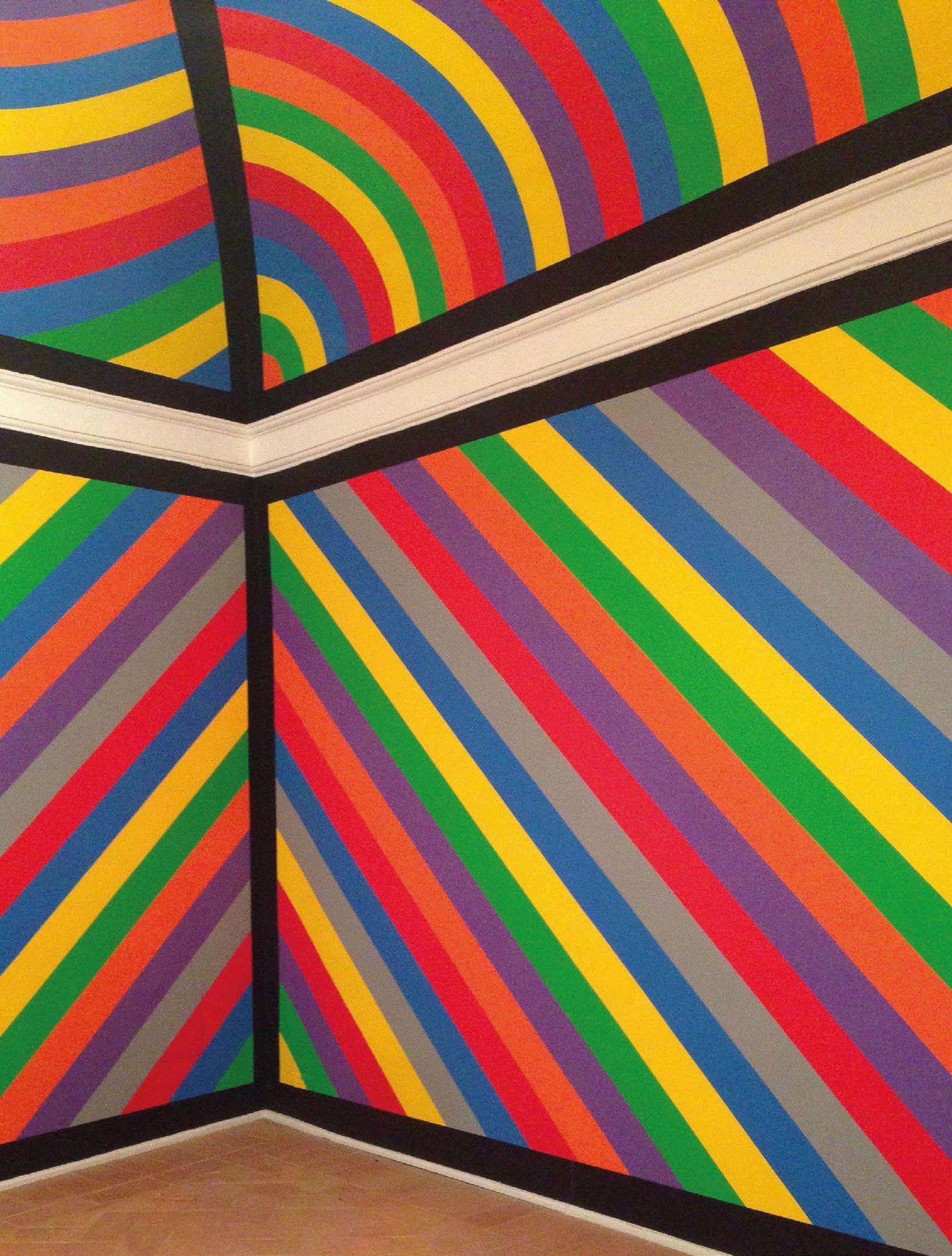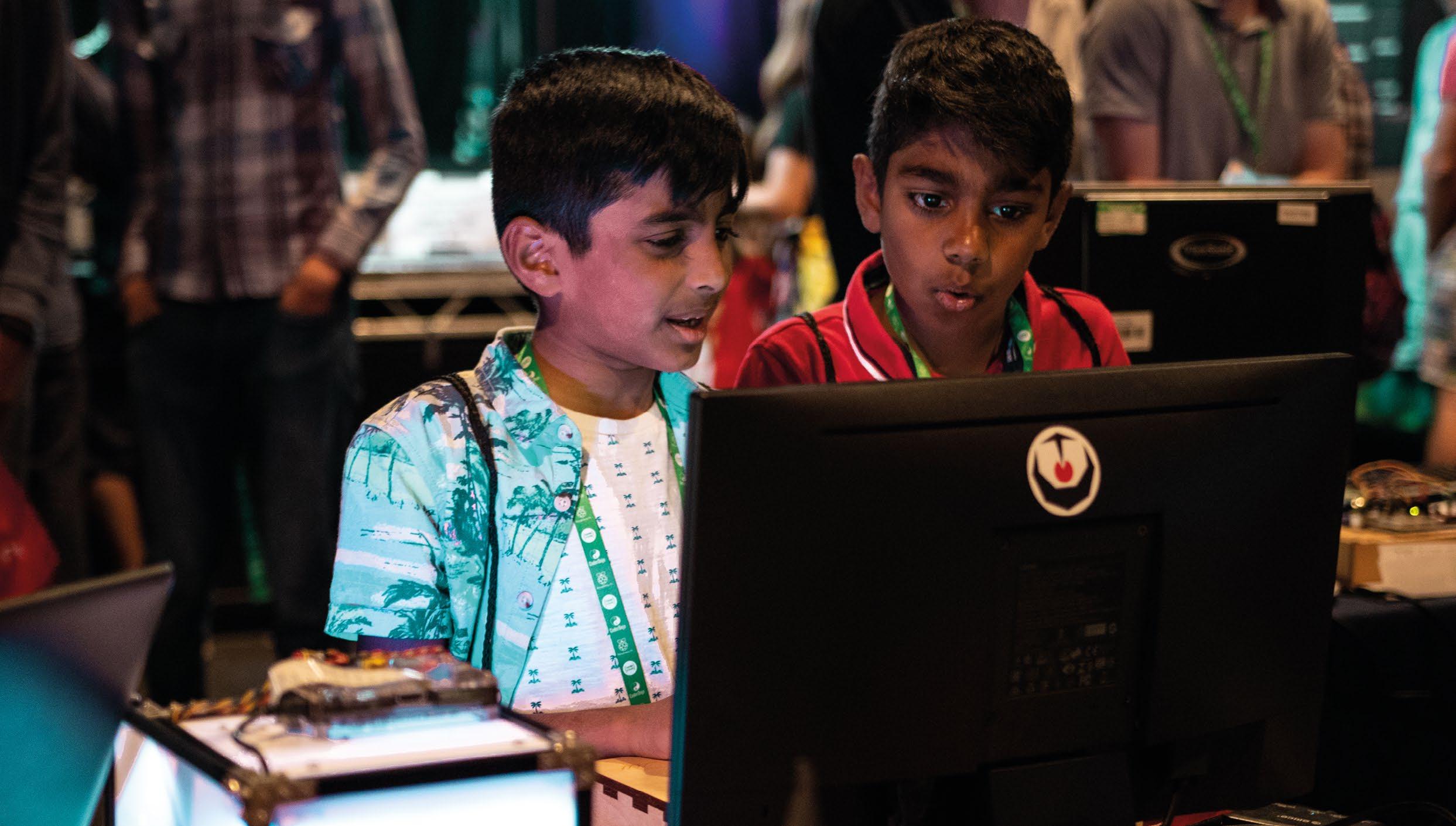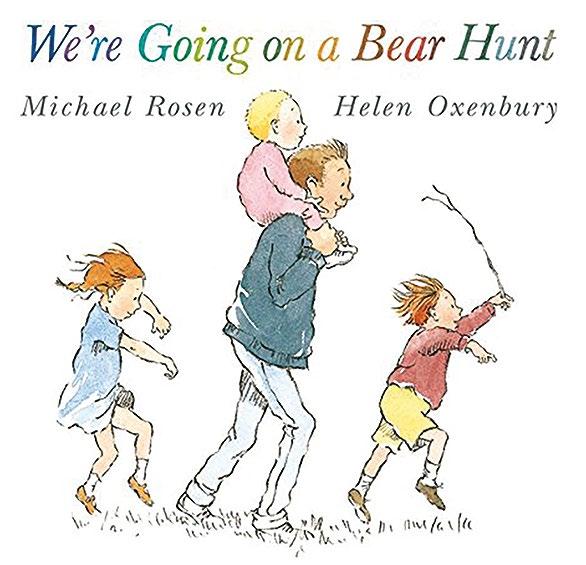RESEARCH
UNIVERSAL DESIGN FOR LEARNING IN COMPUTING STORY BY Hayley Leonard niversal Design for Learning (UDL) is a framework for considering how tools and resources can be used to reduce barriers and support all learners. Based on findings from neuroscience, it has been developed over the last 30 years by CAST, a nonprofit education research and development organisation based in the USA. UDL is currently used across the globe, with research showing that it can be an efficient approach for designing flexible learning environments and accessible content. Engaging a wider range of learners is an important issue in computing, which is often not chosen as an optional subject by girls or those from some minority ethnic groups. Researchers at
U
Credit: Andrew Ebrahim/unsplash
the Creative Technology Research Lab (CTRL) in the USA have been investigating how UDL principles can be applied to computer science, to improve learning and engagement for all students. They have adapted the UDL guidelines to a computing education context and begun to explore how teachers use the framework in their own practice. The hope is that understanding and adapting how the subject is taught could help to increase the representation of all groups in computing.
A scientific approach
The UDL framework is based on neuroscientific evidence that highlights how different areas or networks in the brain work together to process information during
learning. Importantly, there is variation across individuals in how each of these networks functions and interacts with each other. This means that a traditional approach to teaching, in which a main task is differentiated for students with special educational needs, may miss out on the variation in learning between all students across different tasks. The guidelines highlight opportunities to consider learner differences when planning lessons. The framework is structured according to three main principles, which are directly related to three networks in the brain that play a central role in learning. It encourages educators to plan multiple, flexible methods of engagement in learning (affective networks), representation of the teaching materials (recognition networks), and opportunities for action and expression of what has been learnt (strategic networks). The three principles of UDL are each expanded into guidelines and checkpoints that allow educators to identify the different methods of engagement, representation, and expression to be used in a particular lesson. Each principle is also broken down into activities that allow learners to access the learning goals, remain engaged and build on their learning, and begin to internalise the approaches to learning, so that they are empowered for the future.
The Big Book of Computing Pedagogy
25









































